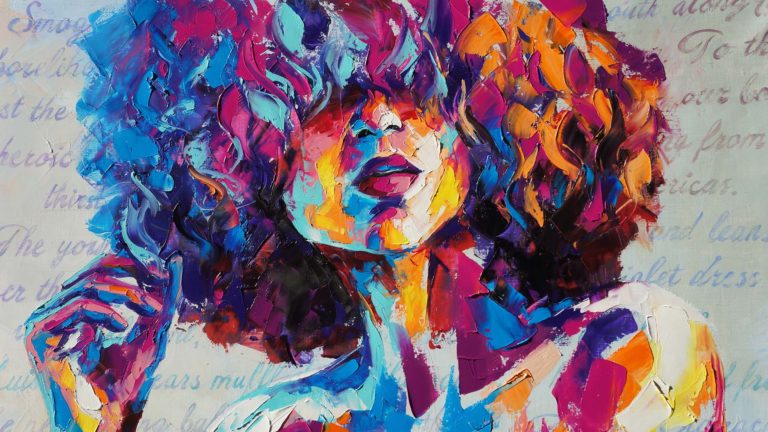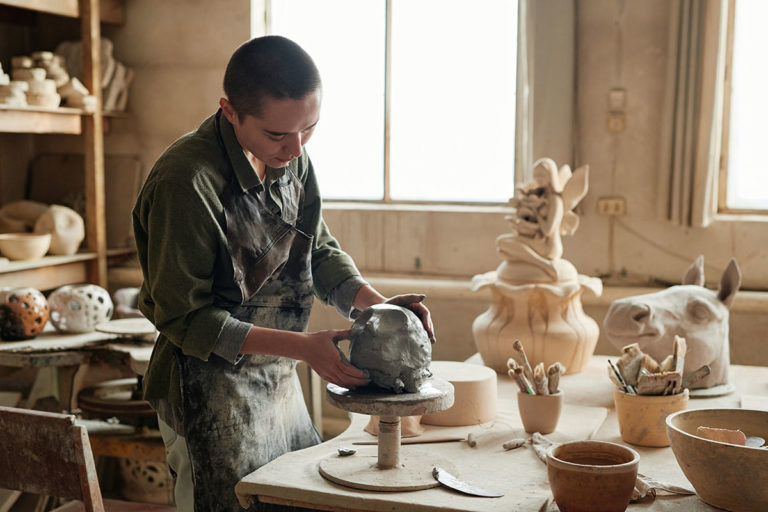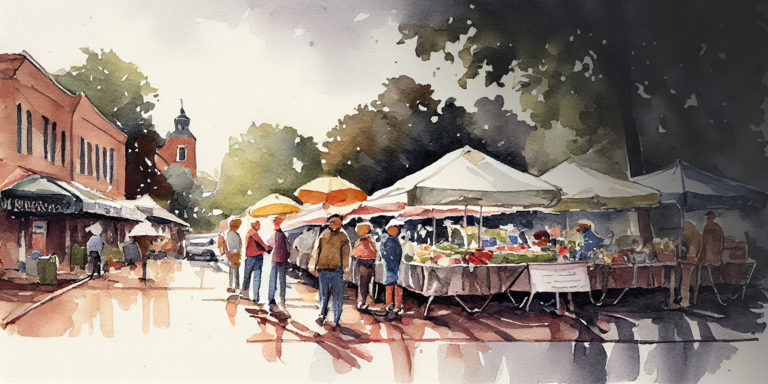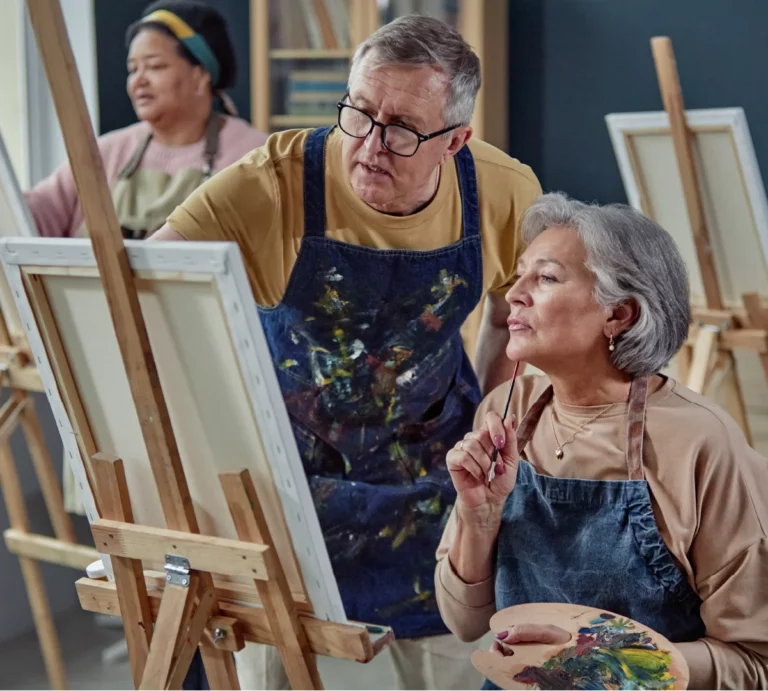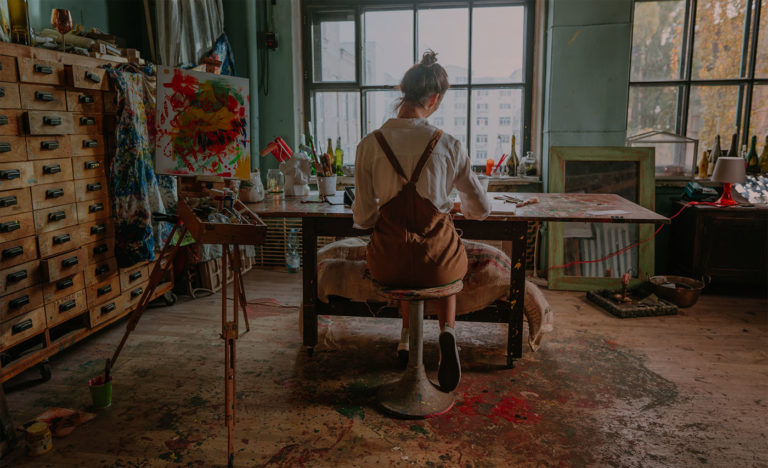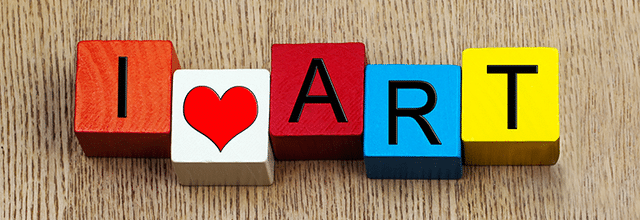Art has been around since the very beginning of the human race. Even when the first humans were living in caves, they were drawing pictures on cave walls. Then the ancient Egyptians used drawings, known as hieroglyphics, as their means of writing and had elaborate and beautiful art in pyramids and other structures.
Because art has played such an important part of the culture and history of the human race, it comes as no surprise that there are some historical moments in which art played a major part. The following are 5 examples of when art was front and center when it comes to history.
- Ancient Egyptian Art and the Rosetta Stone: The ancient Egyptians (3,000 B.C. to 100 A.D.) were excellent creators of sculpture, pottery, architecture and paintings. The beautiful murals and paintings found in pyramids and other burial sites contain remarkable stylized and symbolic art. And, as stated previously, there entire writing system consisted of small drawings. The hieroglyphics were basically unreadable until the Rosetta Stone was discovered in 1799. This stone was a decree issued in three scripts—hieroglyphics, Demotic script, and ancient Greek. Because the script contained essentially the same text, it became a key in which the ancient Egyptian writing could be translated.
- Leonardo’s Painting of the Mona Lisa: Leonardo da Vinci was a genius and excelled, among other things, in art. His most famous painting, the Mona Lisa, was probably painted between 1503 and 1506. There’s no way da Vinci could have known that the Mona Lisa would become the most famous painting in history. In an article in The Independent, John Lichfield called the Mona Lisa “the best known, the most visited, the most written about, the most sung about, the most parodied work of art in the world.” The masterpiece is kept in the Louvre in Paris, France and is the highlight of many of the people who visit there.
- Dolley Madison Saves the Portrait of Washington: What would you save from your home if an approaching enemy army was almost at your doors? Well, Dolley Madison, wife of then president James Madison, abandoned her own property and saved many national valuables, including a full-length portrait of George Washington by Gilbert Stuart. This painting was screwed to the wall, so she ordered the frame broken and the canvas pulled out and rolled up. Very soon after, the British arrived at the White House and set fire to it.
Stolen Paintings: Art has been stolen throughout history. Two of the worst examples are when the Nazis stole millions of dollars worth of art and a brazen robbery of a Boston museum. The Nazis stole art throughout their conquered countries and intended to have one grand museum full of the masterpieces. When it became inevitable that they would lose the war, they began to destroy the pieces. Thanks to the efforts of the Monuments Men, many of the pieces were saved, though, unfortunately, some were destroyed or lost.
In 1990, Boston’s Isabella Stewart Gardner Museum was the scene of a robbery that included the loss of half a billion dollars worth of paintings, including three Rembrandts, a Vermeer, a Manet, and sketches by Edgar Degas. Now, 25 years later, the paintings have still not been recovered and no one has been arrested for the crime. As an article on NPR stated, the museum “houses a world-class art collection. But in the last two decades it’s been better known for the art that isn’t there.”
- The Most Expensive Painting in History (So Far): In 1892, Paul Gauguin painted Nafea Faa Ipoipo, or When Will You Marry? The painting depicts two Tahitian girls sitting on the ground and was owned by a man in Switzerland. However, in 2015, the New York Times confirmed that the painting had been sold to a private collector for almost $300 million. Making it “one of the highest prices believed to have been paid for an artwork.” The Guardian, a British daily newspaper, later noted that it had become “the most expensive artwork ever.”
Have other examples of when art and history intertwined? Want to discuss the examples we chose? Please comment below.

